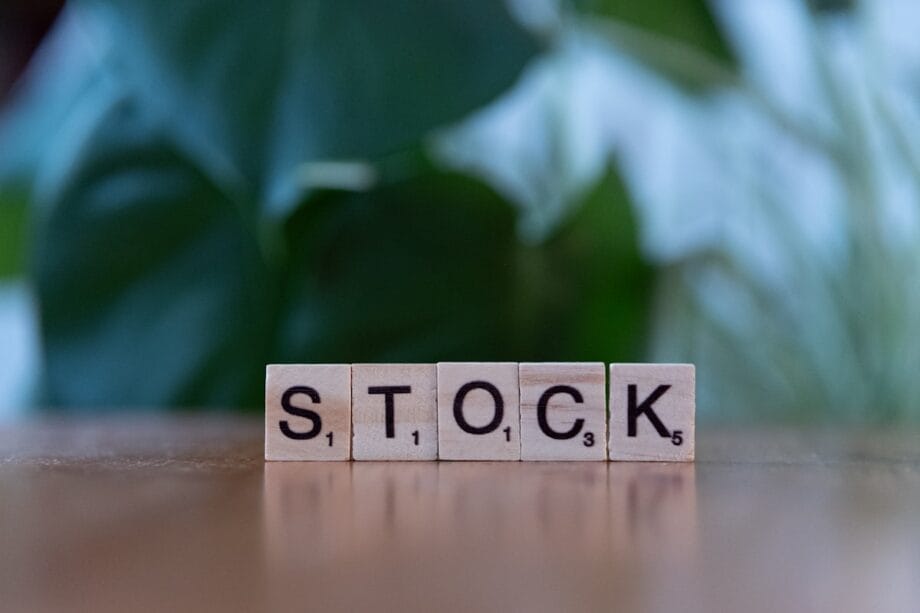NEW YORK: The recent surge in volatility of U.S. equities has uncovered fissures in the artificial intelligence-driven rally, prompting inquiries into whether the market has succumbed to a speculative bubble on the verge of bursting.
The escalating valuations of AI stocks this year have spurred trepidations that Wall Street could be inflating another speculative bubble, particularly after Nvidia’s exceptional earnings report failed to uplift both the stock and the broader market.
Investors have recently become acutely aware of emerging cracks in the AI investment narrative.
Numerous previously soaring AI stocks have undergone abrupt declines, leading to questions about when these investments will yield tangible profits. Concurrently, apprehensions are mounting that the fervor surrounding AI may exceed the technology’s immediate capabilities.
Investor sentiment has been recently unsettled by multiple factors, including a discernible decline in retail traders’ eagerness to “buy the dip.”
This circumspection follows reports of a dip in Oracle bonds tied to the company’s plans to bolster its substantial debt for financing AI infrastructure. Lenders are also seeking enhanced protections on loans to major tech firms, spurred by concerns about debt-laden AI investments.
This rapid ascent and subsequent retraction in AI and related stocks evoke comparisons to some of history’s most infamous financial frenzies, such as the dot-com mania of the late 1990s and the more recent cryptocurrency upheaval.
At the core of investors’ anxieties about a potential market bubble lie exorbitant valuations. Despite recent declines, valuations remain elevated. Investors are wary about risks associated with customer capital expenditures and financing, compounded by challenges in expanding data center capabilities amid energy constraints and shortages in memory chips.
Alphabet’s Chief Executive Sundar Pichai recently remarked that no firm would remain unscathed should the artificial intelligence boom falter. Conversely, Nvidia CEO Jensen Huang downplayed such concerns on Wednesday.
It is imperative to note that not all bubbles manifest in identical manners. The indicators signaling potential excess in one instance can differ markedly from those in another.
Any attempt to gauge actual exposure may inevitably involve sacrificing nuance.
Historical data reveal striking disparities in how asset bubbles develop—ranging from the velocity of their collapse to the length of recovery periods.
For instance, the Japanese stock market crash in the early 1990s required decades to recuperate, while the cryptocurrency decline of 2021-2022 unfolded within mere months.
Understanding these trends is crucial for investors trying to discern whether today’s enthusiasm for AI is grounded in rational optimism regarding transformative technology or indicative of speculative excess poised for disappointment.
Several charts may assist in evaluating how the current AI fervor aligns with historical bubbles and identifying its present stage, should this indeed be a bubble.
OVER-VALUED
Notwithstanding its recent fluctuations, the valuation of the U.S. stock market has ascended into realms historically preceding significant downturns. The Buffett Indicator—favored by billionaire investor Warren Buffett—now flashes warning signals.
This metric, which contrasts total U.S. stock market capitalization with gross domestic product, has recently surpassed 200%, exceeding levels observed at the pandemic-driven market peak in 2021.
Currently, this ratio stands at one of its highest points on record, eclipsing even the dot-com bubble of 2000.
Named after the Berkshire Hathaway chairman, this ratio has historically exhibited elevated readings prior to major market corrections since 1975.
Alternative stock valuation measures also display elevated readings, albeit not at historical extremes. The S&P 500’s price-to-earnings ratio has risen to approximately 23 times, based on 12-month earnings estimates, hovering near a five-year peak and significantly above its ten-year average of 18.7, as per LSEG Datastream.
A supplementary valuation metric—the CAPE ratio, or Shiller P/E ratio—which assesses earnings averaged over a decade to account for economic cycles, also indicates elevated readings, though it has yet to reach the heights seen during prior bubbles.
EARLY DAYS
The Nasdaq’s current trajectory amidst the artificial intelligence boom bears a striking resemblance to its path during the dot-com era, albeit with significantly less euphoria, suggesting that if this is indeed a bubble, it may still be in its nascent stages.
The tech-heavy index has surged roughly 100% in the three years following the launch of ChatGPT in November 2022, mirroring the early excitement surrounding Netscape’s initial public offering in August 1995.
NOT THERE YET
A critical element in prior market bubbles has been unchecked investor optimism, which appears to be markedly absent at this juncture.
The American Association of Individual Investors survey—a weekly assessment of sentiment among individual retail investors—reveals bullish sentiment at 38%, aligning with its long-term average.
This figure pales in comparison to the remarkable 75% peak reached in January 2000, or even the 57% high during the meme-stock frenzy in 2021.

While elevated bullishness is not strictly necessary for a market reversal, an increase in optimism would bolster the notion that investors have grown overly complacent.
Historical observations indicate that extended periods of above-average optimism usually precede market turbulence, as crowded trades and inflated valuations create minimal room for disappointment.
Source link: Arynews.tv.






